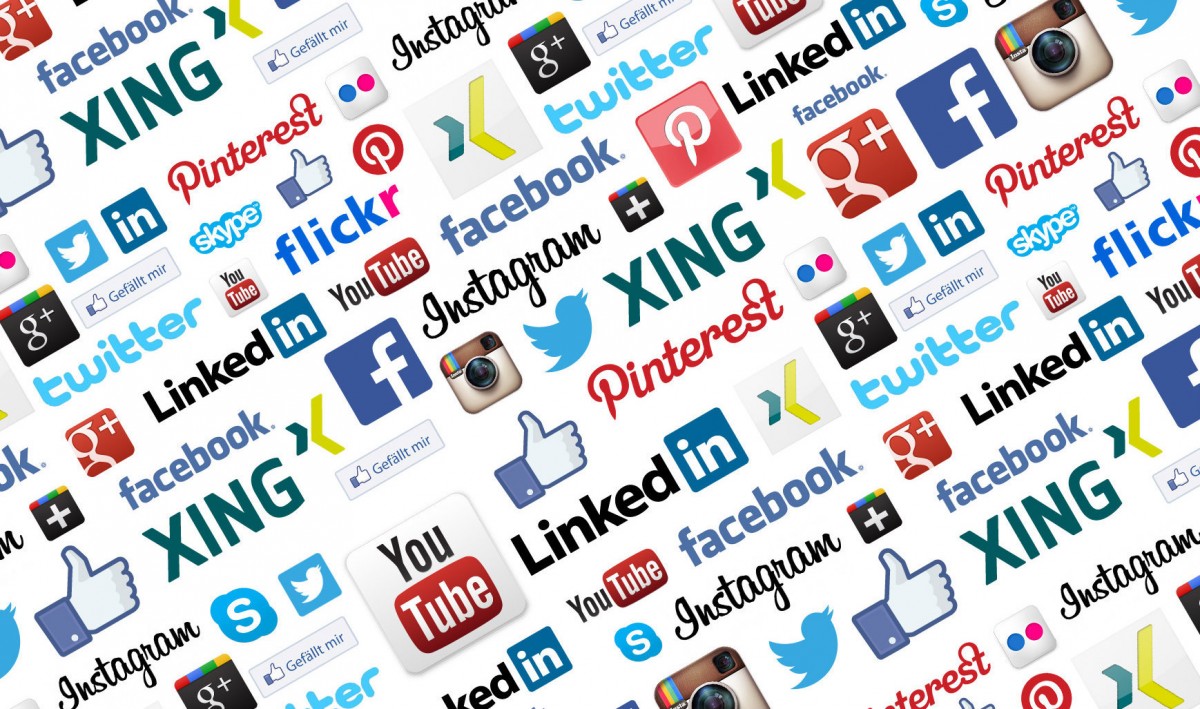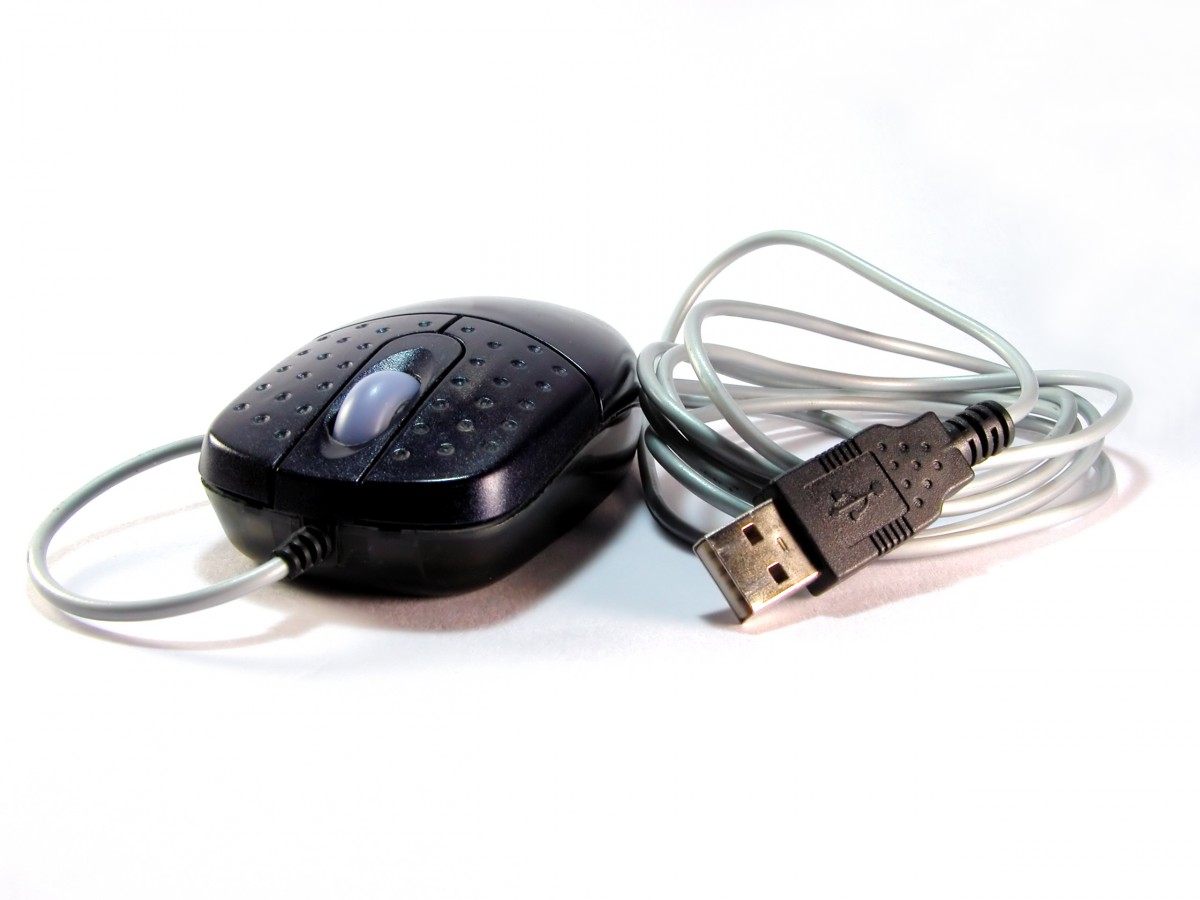Dutch artist Theo Jansen has created what he posits is a new group of living creatures through his art: the Strandbeests, walking sculptures of lightweight plastic tubing, that “feed” off windpower and spend their natural lives frolicking in the tidelines of northern beaches!
Strandbeests can be quite complicated in structure, but their operation is straightforward: wind caught in the sail-like fins on the sculptures’ backs oscillates their (many!) legs and allows for side-to-side movement. The Strandbeests live on the damp sand of beaches; intake pipes detect when they venture too far into dunes or water, causing them to careen the other way to keep themselves safe.
The creations really need to be seen in action: check out the artist’s website here for video evidence. They do look very much alive — and that is what intrigues me most about this project. Jansen envisions creating whole herds of these sculptures, and setting them free on beaches where they will live out their natural “lifespans” feeding and journeying. He also considers them to have a primitive “brain:” the step counter that helps a Strandbeest remember where it last encountered water. Could these sculptures actually be considered living things, by this definition? It would be a different kind of artificial life than that which we are used to contemplating — and perhaps dreading — more peaceful, and environmentally attuned, perhaps? It’s interesting to contemplate, and life-form or no, admire as sculptural art.
Via the always fascinating BoingBoing comes news of a neat new Microsoft Cognitive Services app — one which interprets the visual world and its unique information for users who are visually impaired or are blind.
It’s called Seeing AI, and it integrates into not only your standard smartphone, but into a convenient pair of sunglasses. These the user can tap to take a photo of their surroundings, and the app will do its best to describe what is going on (endearingly starting its statements with “I think it’s…”).
One of the developers of Seeing AI, Saqib Shaikh, is featured in a cool video demonstrating the app’s capabilities — which he knows intimately as builder and as front-line user, as he is also blind. (link to audio-description version of the video here)
Watching Shaikh snap a photo of a restaurant menu and ask the app on his phone to read it to him is one of those moments when I feel like we’re genuinely living in the future! Plus, I think it’s the best use of our amazing technological developments to boost accessibility, and improve the day-to-day lives of all users. For example, where Google Glass was mainly gee-whiz-isn’t-that-cool, Seeing AI’s sunglasses have a distinct and dedicated purpose. That is what makes this innovation one to watch (however you do it!) to me.

Folk wisdom has established strong links between psychopathic tendencies and success in business — it seems almost intuitive that someone who is charming, good at taking the credit, and who experiences no remorse would make a great CEO!

A team from Université du Québec à Trois-Rivières has sought to standardize the identification process for workplace psychopaths, and quantify those miserable health repercussions for workers. The team has confirmed the current identification test, the B-Scan 360, which rates a subject in four antisocial behaviour categories of five traits each. (Click here for the full list.)
The researchers then analyzed how psychopathic bosses affected their workers in both the public and private (specifically financial) sectors. They found some intriguing differences:
“Within the public sector, perceived psychopathy of managers directly predicted psychological distress. In the financial settings, psychopathy predicted distress only indirectly, via [a] common link to work-family conflict. It is possible that in the private sector, employees are more accepting of supervisors who exploit or manipulate them, because they’ve come to expect such treatment.”
The team also found data to complicate their conclusions, including the fact that there were more women in their financial sector group than in the public group — women who may have felt more pressure to keep family life in balance with their work, and whose psychopathic bosses may have given them more trouble over it than the men in the sample.
For those of us who work away from traditional offices, worrying about a psychopathic boss might not enter into our day-to-day lives. But, if your workplace has bosses, it may be handy to keep the B-Scan 360 around to periodically check in with. If you are a boss, it may prove even handier — after all, a functional, welcoming workplace environment is important for everyone.

We at DFC are huge advocates of the positive powers of social media: it does things like help foster connections between individuals, aggregate audiences for artistic works or political movements, and generate fun memes that bring joy to all (who love Ryan Gosling!).
But social media does have an acknowledged dark side: it can be a haven for bullies, and is often tapped to collect information on its users, for reasons both obvious and disconcerting.
A team out of the Center for Research on Media, Technology and Health at the University of Pittsburgh has shown that the more active a young adult is on social media, the more likely they are to experience depression. This news may add another point in either of social media’s positive or negative columns.
The team asked a sample of American young adults to complete questionnaires related to their use of the top 11 social media platforms (including Twitter, Facebook, Instagram, and Reddit), and also tested them (with an established scale) for depression. They found:
“significant and linear associations between social media use and depression whether social media use was measured in terms of total time spent or frequency of visits. For example, compared with those who checked least frequently, participants who reported most frequently checking social media throughout the week had 2.7 times the likelihood of depression. Similarly, compared to peers who spent less time on social media, participants who spent the most total time on social media throughout the day had 1.7 times the risk of depression. The researchers controlled for other factors that may contribute to depression, including age, sex, race, ethnicity, relationship status, living situation, household income and education level.”
Due to the nature of the study, the relationship between social media and depression was not proven to be causative either way — that is, whether depression prompted heightened social media activity, or is exposing oneself to perfectly photographed breakfasts or vacations or life causes the malady. But now further research can be pursued, and we can continue to vindicate or vilify social media as needed!
As anyone who’s written anything (a novel, a report, heck — this blog!) knows, writer’s block can be a mysterious and tenacious foe. Much thought has been given over to why the muse, often so gentle and helpful, sometimes says “See ya!” and strolls off into the distance without any warning, maybe to catch a movie, maybe never to return, leaving you high and dry and blinking at a blank PowerPoint screen at 2am.
Maria Konnikova at The New Yorker describes a history of writer’s block (a phenomenon only named in the 1940s, I was surprised to read), and some of the concerted efforts to find out exactly what the infernal thing is. In short, it seems to have something to do with our topic du jour here at DFC: happiness. Or, more accurately, lack thereof.
A study in the 1970s and 1980s led by Yale psychologists Jerome Singer and Michael Barrios, discovered that self-reported and empirically confirmed blocked writers were, obviously, unhappy. What was interesting to them was the fact that, after giving their subjects a barrage of psychological tests, they found could divide the thwarted authors into four distinct categories of unhappiness:
“The first, more anxious group felt unmotivated because of excessive self-criticism—nothing they produced was good enough—even though their imaginative capacity remained relatively unimpaired. (That’s not to say that their imaginations were unaffected: although they could still generate images, they tended to ruminate, replaying scenes over and over, unable to move on to something new.)
The second, more socially hostile group was unmotivated because they didn’t want their work compared to the work of others. (Not everyone was afraid of criticism; some writers said that they didn’t want to be “object[s] of envy.”) […]
The third, apathetic group seemed the most creatively blocked. They couldn’t daydream; they lacked originality; and they felt that the ‘rules’ they were subjected to were too constrictive. Their motivation was also all but nonexistent.
Finally, the fourth, angry and disappointed group tended to look for external motivation; they were driven by the need for attention and extrinsic reward. They were, Barrios and Singer found, more narcissistic—and that narcissism shaped their work as writers.”
Singer and Barrios then embarked on an analysis of and intervention in their subjects’ mental imagery. Guiding the unfortunate authors through smaller, less emotionally fraught visualization exercises proved to the subjects that they still had imaginative ability. That success subsequently unleashed the writing ability of a solid majority of them.
This study ended up supporting the “folk remedies” for writer’s block that were long known: just put something, anything, on paper — even doodles or an account of last night’s dream — to keep the juices flowing. Pretty soon the muse will come waltzing back in from his or her vacation, bearing a conciliatory snow globe or set of souvenir spoons, and both of you can finally get back to business!
If you’ve been tuning into this blog often over recent months, you may have noticed a bit of a thematic shift. With the debut of our remote office solution The Lifestyle Workplace(TLW), we have become increasingly interested in the concept of happiness — how to spark it, how to cultivate it, and how to carry it with you in a world where over-connection is king.
TLW is a new initiative to help users strike a balance between work life and home. But this effort is not a new one. Achieving that balance is a struggle of modernity: and, really, when you think about it, every time period can consider itself the most “modern,” in comparison to what came before.
Julie Beck at The Atlantic has written an interesting breakdown of a neurasth
It was a time of great social upheaval, not just because the country had just hauled itself out of the deadliest conflict it has ever been involved in but due to the technological leaps the culture was making. More people were moving to cities, the railroad was expanding westward, photography and the telegraph were reaching popular saturation, and women were making more inroads into public life and higher education.
This was all too much for the neurasthenic, resulting in headaches, body aches, indigestion, anxiety, and lethargy. This was because, the prevailing theory went, the overloaded human machine, having expended too much of its “nervous energy” on managing the speed of modern life, collapsed into psychological malaise. Sound familiar?
“It was a bit of a grab bag of a diagnosis, a catch-all for nearly any kind of discomfort or unhappiness. […] This vagueness meant that the diagnosis was likely given to people suffering from a variety of mental and physical illnesses, as well as some people with no clinical conditions by modern standards, who were just dissatisfied or full of ennui. ‘It was really largely a quality-of-life issue,’ [author of Neurasthenic Nation, David] Schuster says. ‘If you were feeling good and healthy, you were not neurasthenic, but if for some reason you were feeling run down, then you were neurasthenic.’”
This phenomenon was almost a badge of honour — after all, one had to be a member of a quickly advancing society (i.e. American), in order to be neurasthenic at all. (It also had unfortunate classist and racist implications as well: Dr. George Beard, coiner of the term for the condition, claimed that non-white people and members of lower classes were free of neurasthenia because they lacked minds active enough to be affected. Ugh.)
What’s really interesting to me is the fact that you can transplant the laments of the 1860s about how we’re all moving too fast to today and they still sound solid. Any bets the next hot de-cluttering regime or self-help system will command us to slow down, turn back the clock to a simpler time, and unplug from our technology! It’s a problem that has kept and will keep cropping up, at least as long as we keep getting more modern — though TLW, as a toolbox, can certainly help!

Frequent readers of this blog will remember when we delved into the hidden menace of webpage bloat,and how, if we don’t work to stop it, ads and design cruft and big corporations will not only make the ‘Net molasses-slow, but also less democratic.
Well, MIT has come up with part of the solution: a mobile system that picks and chooses between the most important pieces of information on a webpage, and loads them in the most efficient way. Called Polaris, it was developed by a team at MIT’s Computer Science and Artificial Intelligence Lab.
The solution is different from current offerings in that it focuses not on how muchinformation needs to make it onto the screen of your device, but how often your browser goes back and forth ferrying parts of the whole. This includes things like ads:
“‘If it turns out that the ads are very slow, because right now they’re coming super late in the page—which actually happens often, because if I’m CNN and I have an ad, I want it to come later because I don’t care if you see it right away or not—that leads to higher page load times,’ says [project lead Ravi] Netravali. ‘With Polaris, if there are resources available earlier in the page load, and it doesn’t actually interact with other parts of the page, Polaris will say [to the browser] OK, why don’t you get it right now?’”
This means that the most important parts of a webpage – say the opening hours of the shop you’re heading towards – make it first! While stripped-down pages may be trim enough that Polaris doesn’t make a difference, the more bloated sites that the Web is full of really speed up. And Polaris is “browser-agnostic:” the developers are anticipating it can be used everywhere.
I use the future tense because rollout is dependent on something significant: websites will need to start running the add-on on their servers that will catalogue their pages’ information in a way Polaris can “read” and put in order. Keep an eye on the press, as the team presents their paper on Polaris officially at the end of this week. The reactions should roll in – perhaps finally heralding a newer, faster web?

If experts like Vernor Vinge and Ray Kurzweil are to be believed, with every passing day humanity is creeping ever closer to the Singularity — the point towards which technology seems to be advancing, at which it will attain intelligence, and after which human life, as we currently define it, cannot continue.
On that sunny note, researchers have developed a way for computers to recognize if their human users are interested or bored by what they see onscreen. (The better to get offended and shoot us with lasers? Kidding!) This occurs through analysis of small, non-instrumental movements, which are suppressed when a human experiences “rapt engagement,” as study leader Dr. Harry Witchel of Brighton and Sussex Medical School calls it.
The study involved alternately boring (with banking stats) and engaging (with games!) 27 participants who used special trackballs to keep their bodies as consciously still as possible. Their movements were recorded with video motion tracking, which revealed the correlation between stillness and full attention.
“‘Being able to “read” a person’s interest in a computer program could bring real benefits to future digital learning, making it a much more two-way process,’ Dr Witchel said. ‘Further ahead it could help us create more empathetic companion robots, which may sound very “sci fi” but are becoming a realistic possibility within our lifetimes.’”
We already knew that computers were fundamentally changing the way we learn, but this news means they could help us tailor experiences in response to our own unconscious reactions! Until, of course, [insert obligatory SKYNET joke here].
It is a truth universally acknowledged that everyone likes nice people: they’re easy to talk to, to get along with, and to work alongside. But, like everything positive, there is a hidden dark side to niceness: sometimes (*thunderclap*) one can be too nice.
Psychologists define the quality of being nice as “agreeableness.” People who are agreeable generally exhibit six traits, briefly: trust, compliance, altruism, cooperation, modesty, and sympathy — at varying levels of intensity. People who exhibit too high a level of one or more of these traits may set off our unconscious alarms about ulterior motives or passive aggression. But a team out of the University of Richmond (VA) now have actually studied how being too agreeable can affect relationships in a real way — and shown how nice is not always the best at work:
“[Researchers] asked 230 senior-level professionals enrolled in an executive Masters of Business Administration (EMBA) program (those with at least a 15-year work history) to participate in a team performance online simulation. […]
The team-related performance behaviors the Kong et al. researchers measured included communication, coordination, conflict resolution, and decision-making. Participants also rated their satisfaction with their team at the outset of the simulation, and completed a questionnaire that measured their own individual levels of agreeableness. […]
The question, then, was whether people who were more satisfied with their team would also perform at a higher level. But this did not emerge from the findings. Instead, team agreeableness became the key factor. Teams low in agreeableness showed a higher relationship between their initial satisfaction and their ultimate performance than did those teams high in agreeableness.”
In short, it seems that having at least one lovable crank on your side at work is helpful in maintaining a sense of perspective on the task at hand, and avoiding innovation-dulling consensus — a sort of “the Emperor has no clothes” situation. As is the case with most human relationships, when it comes to being nice at work, moderation is key; both to interpersonal harmony, and productivity!
It seems like everyone is talking about introversion and extroversion: how to present powerful ideas, how to communicate, and how to help them work together. While each personality type has its strengths, our world — with its focus on interconnection and near-constant communication — is clearly built for the extrovert. According to Michael Godsey, writing for The Atlantic, this can have catastrophic effects on introverts working in extroverted workplaces, especially teaching. These effects can include one of the worst behavioural workplace evils: burnout.
Godsey writes of his own experience, and of teachers who left the profession mere years after they started in it, after the dangling carrot of quiet nights in marking papers had been replaced by the stick of taxing “professional learning community meetings” and “collaborative overload.” There was support, but the wrong kind for Godsey:
“[T]he district assigned to me a mentor to help orient me — he took me out to coffee, and we just talked about good literature and lesson ideas for an hour. The principal, visibly flustered that we didn’t observably ‘do anything,’ assigned me a new mentor who, among other things, encouraged me to divide my class into cooperative groups and then share the results with my department and administration. The implicit message seemed to be similar to what [fellow teacher Ken] Lovgren said explicitly: ‘A calm and focused teacher is suspected of underworking, and so everybody, regardless of their personality type, is expected to work constantly in groups.’
While teaching can be especially exhausting, Godsey’s tale can be extrapolated to any workplace where an introvert might be in over their head. Did you get bone-tired simply reading the above quote? Well, you may be an introvert, and as such, chances are higher your job may not be the best one for you.